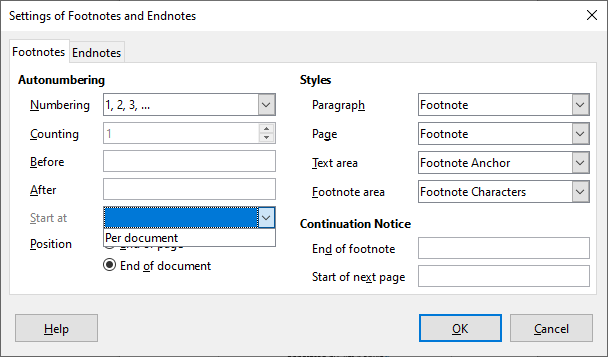Hmm. Sounds tedious, but not difficult, especially with the “safety net” of backup folder for insurance. Well, okay, maybe tedious and blood-pressure-raising for the first two ODTs. After a few successes, the “bravery” you mention will be unimportant. The big deal is the “little deals” — not unbalancing quotation marks, <>'s, and not clipping final /'s.
Throughout this process, I was wondering if it were safe to update everything to the latest version of LO. I was mainly afraid that’d I’d lose the “success” in the older file (the one from which I sent you the sample). Apparently that’s not an issue if the sample I sent you behaved as advertised.
BTW, you mentioned release 5.0.3.2. Since that’s not one of the ones to which I referred, did you just pull that out of thin air, or did you actually find it in the code of the files I sent you?
Other observations / questions:
-
I used an experimental ODT and sic’d the Mate Extract utility on it. Interesting unpacking! Is there any problem with using this utility? (Not for the process that you have described above; it’s just a general question for future exploration.)
-
On text-based files (e.g., CSS, HTML) I use Geany. Any problem with that app? As I recall, I can pick an option that lets it know I’m working with a particular type of file or language. In my test, it automatically picked up the fact that the FODT was an XML file.
-
After experimenting further, it looks like I can save a lot of time by just searching the open FODT on the phrase 'at="document"'. The line for footnote comes before the line for endnote; and apparently only the <text:notes-configuration text:note-class="footnote" line seems to contain the search string.
I just had a meeting canceled for me this evening, so I’m going to carefully experiment on two of the chapters in question, using your magic recipe. I’ll report back, and I hope to do so gleefully.
Thanks for all your help on this!

